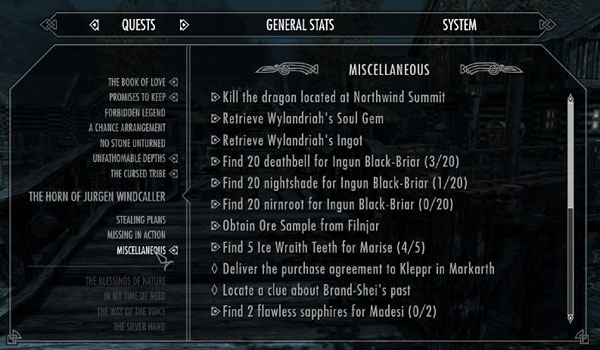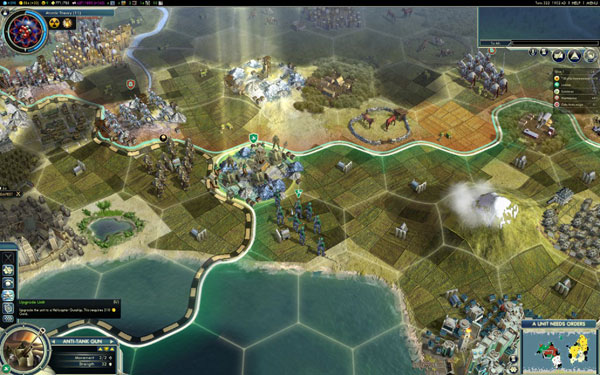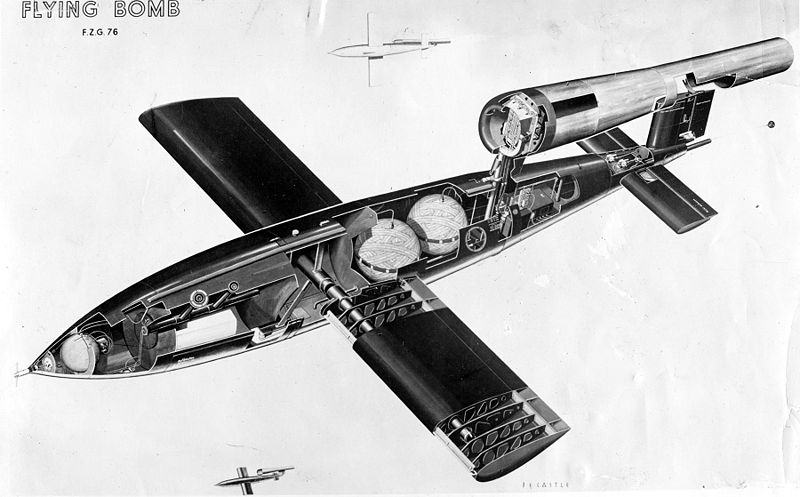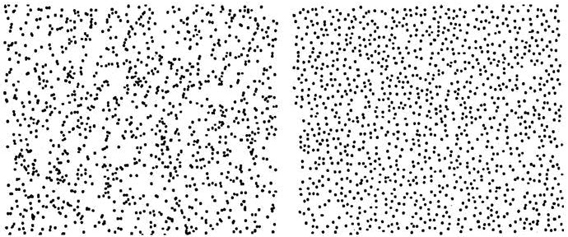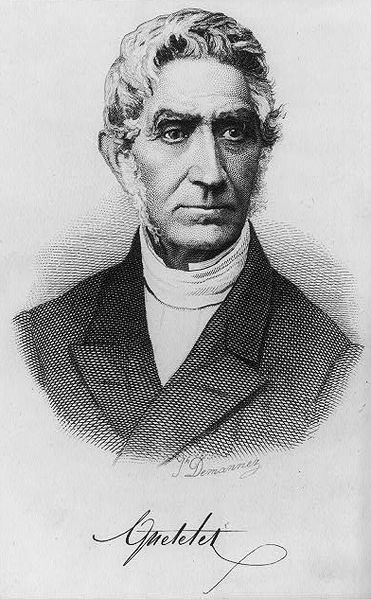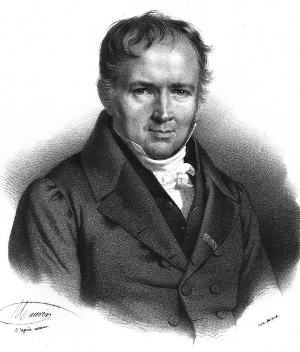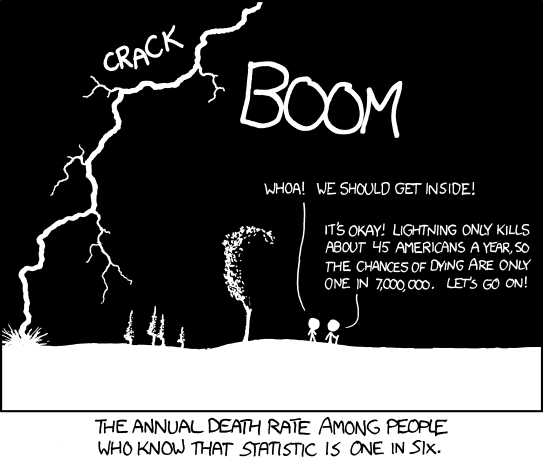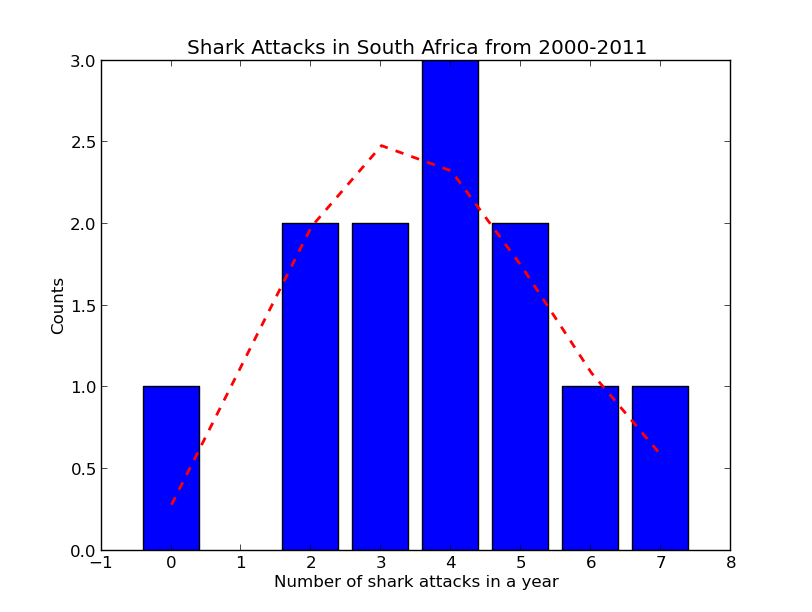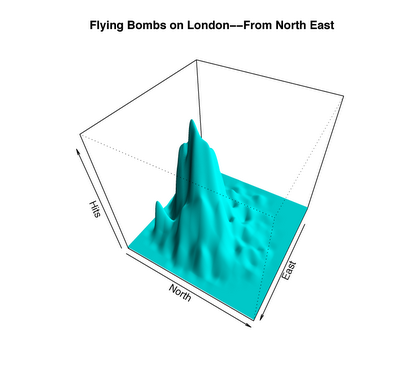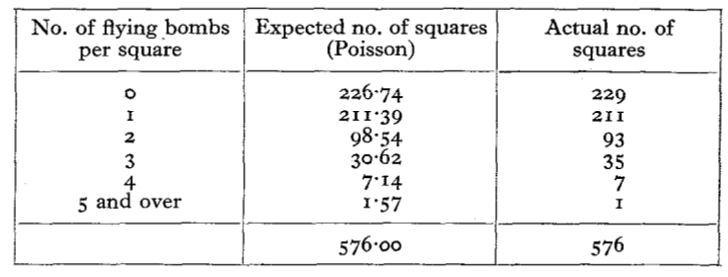Could the eagles have flown Frodo into Mordor?
I probably wrote this page around 2000. At least, it must
have been some point before Usenet was a complete ruin.
Feel free to write to me about this if you want to argue about
it or can think of additional points. But, please do
read the article first. Most of the emails bring up
points which are already covered here and have been hashed
over many times. This article distills many discussions on
the subject going back to the 1980's.
On rec.arts.books.tolkien, there is periodic debate whether the
eagles could have flown the Ring into Mordor, saving Frodo and
Sam the hazardous journey on foot.
Following is a possible plan along these lines:
Plan:
After the Council of Elrond, but before the Company departs
from Rivendell, Gandalf goes up to the Misty Mountains, hails the
eagles, and discusses the matter with them to secure their cooperation
and to coordinate the plan.
The Grey Company travels as they did in the text, passing thru
Lórien and traveling down the Anduin on boats.
At some point on the Anduin, the company lands on the east
bank, abandons the boats, and travels on foot north of the Emyn Muil
thru the uninhabited Brown Lands. They then turn south and end up at
some point along the Ered Lithui around a hundred miles east of Cirith
Gorgor, directly north of Mount Doom on the north side of the
mountains.
The eagles rendezvous with the company at some pre-arranged
spot just north of the Ered Lithui. It's likely that Aragorn (or
someone else) would have previously traveled in the Brown Lands and
would be able to designate some landmark as a suitable meeting place.
An eagle carries Frodo to Mount Doom in a single flight,
possibly accompanied by other eagles and by other members of the Grey
Company. Frodo goes into Sammath Naur and throws the Ring into the
Cracks of Doom.
My contention is that there is nothing in the text to rule out such a
plan, and that it is simply a hole in the plot of an otherwise
excellent book that the issue is never brought up. This is not to say
that LoTR is in any way a bad book; it merely shows that even as
excellent a writer as Tolkien does not always succeed at perfectly
harmonizing the various entities which he has placed in his world. As
Tolkien himself says,
"The most critical reader of all, myself, now finds many defects,
minor and major, but being unfortunately under no obligation either to
review the book or to write it again, he will pass over these in
silence, except one that has been noted by others: the book is too
short." (LoTR I, 9-10)
Under the variant of the "eagles" plan outlined above, some of the
objections to the plan become non-issues. For example, one writer on
r.a.b.t. objected that the eagles could not fly all the way from the
Shire to Mordor carrying the Ringbearer. This is true, but this
problem, like several others, does not come up in the plan I've
outlined.
Below, I will discuss some of the common objections to this scenario.
1. "If the eagles could fly the Ringbearer to Mt. Doom so easily, it
wouldn't be a very good story."
I agree. Clearly, The Lord of the Rings wouldn't be nearly
as good a story if the dreadful travel into Mordor by Frodo and Sam
were neatly snipped out and replaced by a flight with the eagles.
However, this is a story-external reason, and it does not solve the
hole in the plot. The characters in the story, behaving within their
own plane of reality, would not choose their course of action based on
what has the best dramatic or literary effect; they would seek to
eliminate the threat from the East with the least effort and risk, and
if it appears to them that the "eagles" plan is the best one, it is
the one they would choose.
Tolkien acknowledges that the eagles are problematic as a literary
device; it is difficult to constrain these powerful entities once they
exist in Tolkien's world:
"The Eagles are a dangerous 'machine'. I have used them sparingly, and
that is the absolute limit of their credibility or usefulness. The
alighting of a Great Eagle of the Misty Mountains in the Shire is
absurd; it also makes the later capture of G. [Gandalf] by Saruman
incredible, and spoils the account of his escape." (Letter 210)
So while I agree that having the eagles fly Frodo into Mordor would
not be nearly as good a story line, this isn't the kind of answer I'm
looking for; the question I'm asking is what there is within the
internal logic of Middle-Earth which prevents this plan from working.
2. "It is way too risky for the eagles to carry the Ring into Mordor; Sauron
would spot them immediately."
Some individuals assume that Sauron would immediately notice the
eagles flying into his realm and would understand the nature of the
threat. Under closer examination, it is not so obvious that Sauron
would notice the eagles.
How would Sauron identify the threat? One possibility is that he
would see the eagles approaching by means of the Palantír.
However, I think it can be strongly argued that the Palantír
would not show the eagles unless Sauron directed the Palantír
to focus on the particular area where they are flying; the
Palantír is not an alarm bell. Further, we know that the
flight path charted above is not where his attention was mainly
directed:
"...His eye watches that way [the Black Gate] all the time..."
(II, 294)
"No, no indeed," said Gollum. "Hobbits must see, must try to
understand. He does not expect attack that way [Cirith Ungol]. His
eye is all around, but it attends more to some places than to others.
He can't see everything at once, not yet. [...] He thinks that no one
can come to the Moon-tower without fighting big battle at the bridges,
or getting lots of boats which they cannot hide and He will know
about." (II, 316)
The Ered Lithui are a chain of mountains 300-400 miles long (roughly
the distance between Boston and Washington DC, or between London and
Glasgow), and it is considered impossible to enter Mordor by climbing
over them; even one as sneaky and as skilled at climbing as Gollum
knows of no way into Mordor except thru Cirith Gorgor and Cirith
Ungol. For this reason, it is unlikely that Sauron would devote much
attention to watching the Ered Lithui or the uninhabited Brown Lands.
There appear to be certain kinds of things which attract Sauron's
attention, such as Frodo's gaze when he is seated on Amon Hen and is
wearing the Ring. Sauron also is immediately aware when Frodo puts on
the Ring in Sammath Naur. As long as Frodo does not put on the Ring
during the eagle flight, however, it is not obvious that Sauron's
attention would be attracted.
We know that Frodo went on foot all the way thru Mordor from Cirith
Ungol to Mt. Doom carrying the Ring without Sauron spotting him; so
the mere fact that something is carrying the Ring doesn't mean that
Sauron will immediately spot it. The only thing which makes an eagle
more visible is the fact that it's flying. However, the eagle has
the advantage that there's far less time for Sauron to spot it,
while the Ring-carrying Frodo was on foot in Mordor for many days.
It's important to note that once the eagles fly into Mordor, the game
is no longer one of stealth but speed. Even if
Sauron does immediately notice the eagles, he will not necessarily be
able to respond in time. We aren't told exactly how long it took the
eagles to fly from the Black Gate to Mt. Doom, but my guess is that it
could not have been over an hour, and the flight I propose above is
slightly shorter.
After Frodo and Sam entered Mordor thru Cirith Ungol, Sauron had
fully ten days to contemplate the purpose of their mission into
Mordor, and did not realize that their plan was to destroy the Ring
until the last moment. Given that the Mouth of Sauron refers to the
intruders as "spies", Sauron's most likely thought would be that the
eagles are merely flying over his realm for reconnaisance purposes.
Thus, even if Sauron notices the eagles, his response would not
necessarily be an appropriate one to prevent the Ring from being
destroyed (such as having the Nazgûl fly directly to Mt. Doom to
intercept the eagles).
3. "Sauron would send the flying Nazgûl after the eagles."
It is likely that he would. However, there is a very good change that
the Nazgûl would not reach the eagles in time to foil the
threat.
First, the Nazgûl are almost certainly not always airborne; the
flying mounts must rest sometimes. It would presumably take at least
a few minutes to take the flying mounts out of their stables, harness
them, and get the Nazgûl aloft. We are not told where the
flying mounts are stabled (Barad-dûr would be a fair guess), but
unless it is very close to Mt. Doom, the Nazgûl have little
chance of catching up with the eagles unless they chanced to be aloft
already.
Second, the Nazgûl would have to be able to fly faster than the
eagles to be able to catch up with them. We are not specifically told
whether the eagles are faster than the Nazgûl, but there is at
least an oblique suggestion that they are:
"Then come, and let your brother go with us, and some other of your
folk who is most swift! For we have need of speed greater than any
wind, outmatching the wings of the Nazgûl." (III, 280;
emphasis is mine.)
Finally, we know that the eagles are willing to attack the flying
Nazgûl, because they do so at the last battle before the Black
Gate. An entirely possible series of events would be for some of the
eagles to attack the Nazgûl and hold them back long enough to
allow the eagle carrying the Ringbearer to reach Mt. Doom.
4. "Orcs stationed along the border of Mordor would shoot arrows
at the eagles."
As noted above, the Ered Lithui were considered to be a secure border,
and it is not clear why Sauron would waste troops to patrol a border
from which no land-based invasion is possible. So it is not clear
that there would be orcs along the Ered Lithui to start with.
Even if some orcs were stationed there, however, we know that eagles can
fly very high:
"Look!" cried Legolas, pointing up into the pale sky above
them. "There is the eagle again! He is very high. He seems to be
flying now away, from this land and back to the north. He is going
with great speed. Look!"
"No, not even my eyes can see him, my good Legolas," said Aragorn.
"He must be far aloft indeed. I wonder what is his errand, if he is
the same bird I have seen before[...]" (II, 30)
Aragorn is said to have very good eyesight (see, for example, the
scene on Weathertop, where his keener vision leaves him no doubt about
the identity of the black spots on the road). If the eagles can fly
so high that Aragorn cannot see them, we can conclude that they are
capable of flying out of bowshot from the ground.
5. "Orcs stationed at Mt. Doom would shoot arrows at the eagles as
they land."
This is a reasonable counter to the argument under the previous
heading. We do in fact know that there were occasions when there were
workers in the vicinity of Mt. Doom:
"Often blocked or destroyed by the tumults of the Mountain's
furnaces, always that road was repaired and cleared again by the
labours of countless orcs."
There's at least one fairly clear piece of evidence that there wasn't
normally a standing garrison of orcs near Mt. Doom. On the road in
western Gorgoroth, Frodo and Sam find a water cistern from which they
drink and refill Sam's water bottle. If orcs were regularly stationed
around Mt. Doom, we would expect cisterns for their use there; but we
are specifically told that Frodo and Sam could find no water there.
The most likely explanation is that when orcs were in the area to
clear the road, they were there only temporarily and not very
frequently, and that water was specially hauled in on those unusual
occasions.
Even if there were orcs in the area, however, it's not clear that orcs
working on the road would have bows and arrows handy, particularly
since they're in the heart of Mordor guarded by mountains and
fortresses. They'd presumably have work tools in their hands, not
bows and arrows. The taskmasters would probably have whips, but it's
not clear why they'd have bows and arrow at hand.
More to the point, it strikes me as very unlikely that Sauron would have
had large numbers of orcs clearing the road in the middle of the war. This
would probably hold true even if the defenders of the West had not
deliberately provoked a concentration of Sauron's forces around Cirith
Gorgor. That work can wait until later; right now, the orcs' strength is
needed elsewhere.
6. "Sauron would cause Mt. Doom to erupt, frying the eagles."
We do know that Sauron is capable of some degree of control over
Mt. Doom, since it is said to be at his bidding that the cloud of
smoke and ash covers the sky. We do not know whether he would be able
to cause Mt. Doom to erupt at a moment's notice, without first
building up pressure, etc.
Even if Sauron can cause Mt. Doom to erupt immediately, we know from
the actual story that the eagles are capable of navigating into Mordor
and locating and rescuing Frodo and Sam, despite the major eruption
which was taking place. Even if Sauron did manage to catch the eagles
in the eruption, however, could this melt the Ring? If Sauron does
manage to figure out that the eagles are carrying the Ringbearer, he
might opt not to cause Mt. Doom to erupt, just for this very reason.
7. "Sauron himself would go to Mt. Doom to intercept the
Ringbearer."
The question here is, how would Sauron traverse the roughly 50 miles between
Barad-dûr and Mt. Doom in time to stop the Ringbearer?
If Sauron were on foot or even on horse, he would have no chance of
overtaking the eagles. If he were on a winged mount such as that used
by the Nazgûl, he'd be up against the same problems as those discussed
above in connection with the Nazgûl.
At least one writer on r.a.b.t. suggested that Sauron might himself be able
to fly. The only place in Tolkien's writings where we see Sauron fly is
way back in the First Age, when he changes himself into a bat to fly away
from Lúthien (Silmarillion, 212). Whether Sauron could still change
into other forms at the end of the Third Age is a subtle question. We know
that his powers are greatly reduced over what they previously were, and we
also know that he has lost at least some of his shape-shifting ability;
i.e. he cannot put on a fair form any longer. My view would be that there
is nothing to support the suggestion that Sauron is able to change into a
flying form in the late Third Age. If he could, we would expect him to
have done so when Frodo put on the Ring in Sammath-Naur.
8. "The Valar would prohibit the eagles from such a direct
intervention against Sauron."
I am surprised that this argument comes up as often as it does, because I
am aware of no textual support for this idea. The eagles quite frequently
involve themselves in the fight against Sauron (or against evil in general):
-
They rescue Bilbo, Thorin, & Co. from the orcs and wolves.
-
They participate in the Battle of Five Armies.
-
They rescue Gandalf from Orthanc.
-
They rescue Gandalf again from Zirak-Zigil.
-
They directly attack the flying Nazgûl during the last battle.
-
They fly into Mordor to rescue Frodo and Sam.
Given all this heavy involvement, it would be extremely surprising if
the Valar specifically prohibited the eagles from flying the
Ringbearer into Mordor. Tolkien nowhere mentions such a prohibition.
The only support I can see for this argument is very indirect: namely,
that the eagles are said to be the representatives of Manwë, and
in the Third Age, Manwë is maintaining a policy of the Valar not
intervening directly in the affairs of Middle-Earth. But the eagles
do often intervene in the struggles of Middle-Earth, and there's no
indication that they were under some restriction in this case. If the
eagles were prohibited from being involved directly in the struggle
against Sauron, we might expect that they would have withdrawn to
Valinor long ago rather than remain in Middle-Earth.
9. "The hobbits had a special resistance to the Ring, but the eagles
did not."
I'm aware of nothing in the text which would suggest that an eagle
could not resist the Ring long enough to make the flight into Mordor.
Eagles are said to be sturdy creatures. If they're bold enough to
attack the flying Nazgûl (and there are very few in Middle-Earth who
can stand up to the Nazgûl), I find it hard to believe that they would
fall thrall to the Ring so quickly.
Later comment:
On other web pages, two separate people responded to this point.
One person pointed out that being "sturdy" and "bold" does not necessarily
make you particularly resistant to the Ring. After all, Boromir was
certainly sturdy and bold, but he eventually yielded to his desire to take
the Ring after travelling with Frodo. I have to agree with this point.
Perhaps "strength of character" would be a better choice of words. Tolkien
sets up a clear contrast between the moral character of Boromir and of
Faramir (Boromir, according to Faramir, had been impatient that his father
is steward not king; Boromir clearly desires the Ring upon first seeing it;
and in the end Boromir fails to resist the temptation of the Ring.
Faramir, by contrast, rejects the Ring even when there is nothing to stop
him from taking it).
We don't see any instance in LotR where an eagle is faced with this kind of
moral crisis, so we can't make any firm conclusions one way or the other
about strength of character among eagles. But this absence of information
again makes my point: Tolkien did not include any specific information in
the text to rule out the "eagles" plan. Tolkien does not tell us that the
eagles have a weaker strength of character more like that of Boromir, and
not a stronger one like that of Aragorn, Gandalf, Faramir, or Galadriel.
Somebody else wrote the following:
Not mentioned is my favorite objection, which is that Gwaihir, the Lord of
the Eagles, is ... a being of great power, and as such should not be
trusted carrying the One Ring, even indirectly. The corrupting strength of
the Ring is clearly stronger as one approaches Mordor--Sam and Frodo both
understand that wearing the Ring within Mordor would be catastrophic. In
Tolkien's universe, power calls to power, and there is every reason to
believe that the Lord of the Eagles would fall completely under the spell
of the Ring as he approached Mt. Doom.
As I mention elsewhere on this page, Tolkien doesn't tell us exactly how
long it takes for Gwaihir and the other eagles to fly from the Black Gate
to Mt. Doom to rescue Frodo and Sam, but I would guess that it could not be
more than an hour or so. The Ring becomes stronger as it nears Mt. Doom,
but could even this strengthened Ring wholly take over the will of an eagle
in as little as an hour? Tolkien doesn't give us the information to answer
this question one way or the other (thus, cannot say that he has
ruled out the "eagles" plan on these grounds).
However, I would be very surprised if this were so. There is no instance
in the text where the Ring takes control of anyone's will this quickly
(even taking into consideration that the Ring was not as strong earlier in
the story). Powerful individuals such as Gandalf and Aragorn travel with
the Ringbearer over a period of months without being corrupted by it.
A further point is this. When Sam carries Frodo on his back, he is
surprised that Frodo is unexpectedly light: "...he had expected to share in
the dreadful dragging weight of the accursed Ring. But it was not so."
(III, 268). At least with regard to weight, the Ring affects the
Ringbearer much more than the one carrying the Ringbearer. It is
not unreasonable to speculate that this is true not only of mere weight,
but also of the degree to which the Ring affects the will. In any case, I
think it is far from obvious that the Ring would be able to entirely take over
the will of the eagle carrying Frodo in as little as an hour or so.
10. "The eagles only participate in the struggle against evil when
they choose to."
We know that it is possible to ask favors of the eagles. Radagast
asks the eagles for help, leading inadvertently to the rescue of
Gandalf from Orthanc. Gandalf asks the eagles to fly to Mt. Doom to
rescue Frodo and Sam. Galadriel is actually said to be able to
command the eagles:
"Do not let me fall!" I gasped, for I felt life in me again.
"Bear me to Lothlórien!"
"That is indeed the command of the Lady Galadriel who sent me to look
for you, he answered." (II, 135)
11. "The Ring became heavier and more powerful as it came closer to
Mt. Doom. If the eagles had carried Frodo in, he would not have had time
to build up the strength of will to destroy the ring."
Indeed, Frodo does change and grow over time as a result of the various
trials he undergoes. There are numerous references which make this clear.
Some of these injuries weakened him (such as the Nazgûl's knife
injury to his shoulder), but I think I would agree that Frodo became better
able to resist the Ring over time.
On the other hand, it also appears that the effects of a ring of power
upon its bearer are cumulative over time. The Nazgûl, for example,
did not become better able to resist the domination of Sauron the longer
they bore their rings; rather, as time went on, they faded into wraiths,
coming completely under the domination of their rings. Consider also the
discussion of the effects of the Ring on Sméagol and on Bilbo; it
appears that that the effect was cumulative. I think that a good case can
be made that the longer Frodo bears the Ring, the more the Ring eats into
his mind and will.
So there are two opposing factors here: Frodo becomes stronger over
time; but the longer he bears the Ring, the more it works upon him. We
don't have any precise knowledge of how the two stacked up against each
other, and there is no reason to suppose that the wise had such knowledge,
either. At best, this argument appears to be a draw. Therefore, I doubt
that this consideration would have greatly affected the decision made at
the Council of Elrond.
For reference, here are some dates of major events:
- September 22, 3001: Ring passes to Frodo after Bilbo's farewell feast.
- December 25, 3018: Fellowship departs from Rivendell
- February 26, 3019: Breaking of the fellowship
- March 5: Frodo hides near the Black Gate.
- March 25: Destruction of the Ring at Mt. Doom
Suppose we take March 5 as the date where Frodo might have made his
rendezvous with the eagles north of the Ered Lithui. If the Ring were
destroyed on this same day, Frodo would have had only 20 days less to
either become stronger or weaker, depending on which of the two forces is
greater. Would a mere 20 days make much difference in either direction,
out of the 17 years where Frodo bore the Ring? Frodo might have been
strengthened by his terrible journey into Mordor, but it was in these 20
days that the Ring was at its strongest because of its proximity to
Mt. Doom, and arguably, it was best able to work on Frodo's will during
this time. I think that there are just too many uncertainties here for it
to be claimed on these grounds that the "eagles" plan can be ruled out.
12. "Sauron is a powerful Maia, and it's reasonable to assume that he
has powers which we aren't told about which he could use against the
eagles."
Here we get down to brass tacks about what is meant by "a hole in the
plot".
It is probably true that not all of Sauron's powers are explicitly
enumerated in LoTR or elsewhere. For example, we can imagine (as one
writer on r.a.b.t. suggested) that Sauron could throw fireballs at the
eagles.
My point, however, is that we aren't told of any such powers. My
question is not what fan-fiction we can add to the story to rule out
the "eagles" plan; my question is what Tolkien has written which rules
it out. Once he has placed the eagles in the world of his
sub-creation, the possibility of the "eagles" scenario is open, and so
far as I am aware, there is nothing in Tolkien's writing to rule it
out. For this reason, I am calling it a hole in the plot.
Discussion
To mind, the strongest argument that there is nothing to rule out the
"eagles" plan, and that this is simply a hole in the plot, is that the
matter is not discussed at the Council of Elrond. Every possible plan
is discussed: sending the Ring to Tom Bombadil to keep, guarding it in
Imladris or Lórien or the Havens, sending it across the ocean,
dropping it into the ocean, using it, etc. In each instance, there is
a good explanation given to rule out the plan; this is the literary
device by which Tolkien sets up the quest to Mt. Doom as the direction
which the story must take.
In all of this discussion, no mention is made of the possibility that
the eagles could help in taking the Ring to Mt. Doom. If Tolkien
wanted to rule out the possibility, this would be the perfect
opportunity to do it, by inserting dialog such as the following around
pages I 348-9:
"Then," said Glorfindel, "let us send messages to the eagles, and then
pass by foot and boat to the Brown Lands, and meet there with the eagles,
who shall fly with the Ringbearer to Orodruin."
"Nay," said Gandalf. "For the Valar have prohibited the eagles from
participating so directly in the downfall of the Dark Lord."
OR: "Nay," said Gandalf. "For I feel in my heart that the creature
Gollum has yet some role to play, and he will not be able to do so if
we fly with the eagles into the Dark Land."
OR: "Nay," said Gandalf. "For the Dark Lord is capable of throwing
fire over many miles, and he would be able to stop the eagles from
their flight."
Since Gandalf had just related his rescue from Orthanc just prior to
the discussion of the various possible plans, the eagles would have
been in the thought of everybody at the Council of Elrond, and it is
very likely that somebody would have brought the possibility up. But
they do not, and I think there are two possible explanations: 1) the
possibility never occurred to Tolkien, or 2) Tolkien realized he had a
problem and opted not to draw attention to it. In either case, the
matter should be counted as a hole in the plot.
In connection with the Council of Elrond, it should be noted that
nobody present knew that the Nazgûl would be remounted on flying
steeds. Knowing what they knew then, it is very likely that they
would have attempted an eagle flight into Mordor, not knowing that
they would encounter the flying Nazgûl. In this case, the quest
might have failed, but this would simply be the outcome of the
characters acting on what they knew at the time. Once again, the fact
that this would make a poor story does not solve the story-internal
problem.
Some of the risks brought up in objection to the "eagles" plan are
legitimate concerns. However, the path into Mordor on foot was also
extremely risky, and from the perspective of those sitting at the
Council of Elrond, the "eagles" plan was not obviously much more
risky.
In creating a world, it is extremely difficult to get everything to
harmonize just right, and even Tolkien doesn't do it perfectly. There are
at least a few other instances which I'm aware of: there is a footnote in
Unfinished Tales where Christopher Tolkien points out the hole in
the plot where the water-fearing Nazgûl could not have gotten to the
Shire without crossing the bridgeless Greyflood; and Tolkien himself admits
that the idea of the Nazgûl fearing water was "difficult to sustain".
There is also the case where Saruman imprisons Gandalf, but inexplicably
does not attempt to take the Ring of Fire from Gandalf, even tho Saruman
coveted the Ring and begrudged the fact that Cirdan had given it to Gandalf
(Unfinished Tales, 389-90). Even Tolkien, arguably the best fantasy writer
to have ever lived, doesn't get it right 100% of the time.



